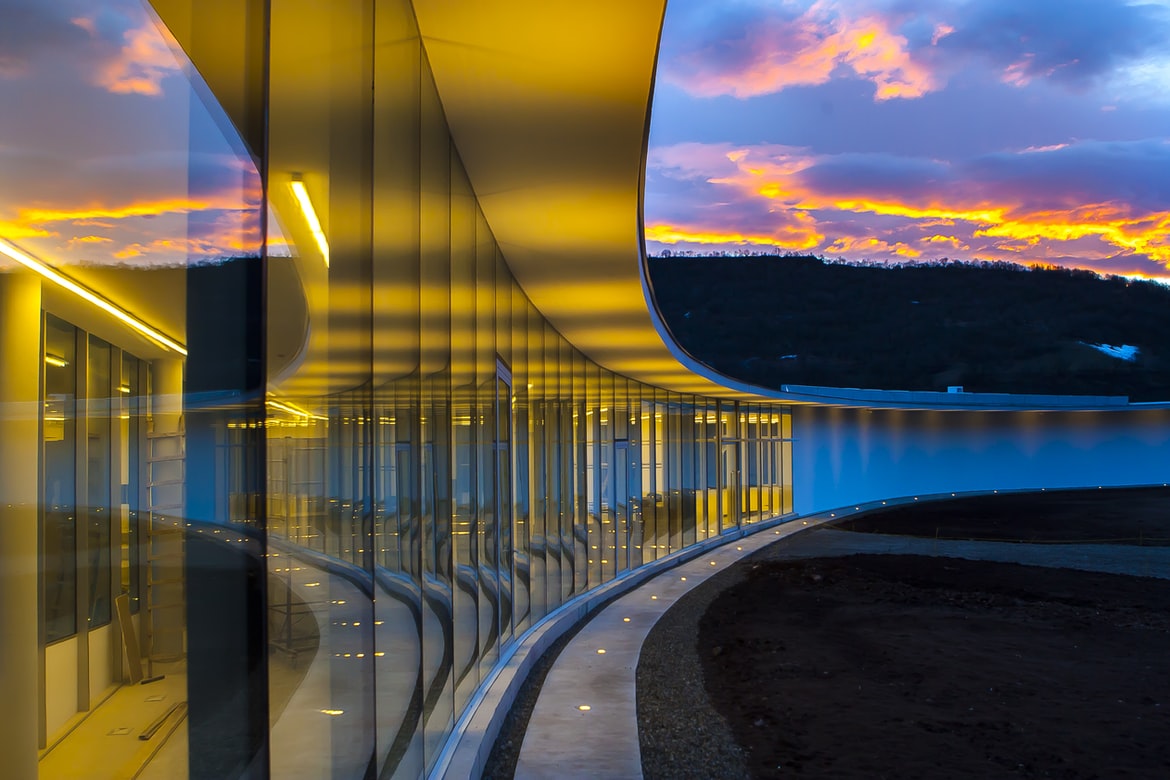Climate change has been an ongoing issue for the longest time and with buildings appearing in cities like mushrooms overnight, it has become imperative to find ways to tackle climate challenges and smart cities have been a significant solution. According to the UN Department of Economic and Social Affairs (UN DESA) over 50% of the world population lives in urban areas.
Over 60% of the global energy demand comes from cities and buildings, this is because modern cities run on various technologies and people. So how do you meet the needs of these growing cities sustainably? One solution has been smart buildings.
Smart Buildings
Smart building technology ensures homes and buildings consume energy more efficiently. With complex systems that control various aspects of buildings such as water and electricity, air circulation and smart sensors, having smart buildings means these resources are delivered efficiently and cleanly. Click here to find an example of one of these systems. to find an example of one of these systems.
It is not just about using smart technology but also optimization of existing buildings and smart thinking can go a long way in supporting this cause. Upgrading buildings with more intelligent solutions can significantly change properties and offices that are responsible for carbon emissions, to a building that saves energy and cuts out any harmful emissions into the environment.
Ways Smart Buildings Can Contribute to a Sustainable Environment

Smart building technology such as IoT (Internet of Things) and Power-over-Ethernet (PoE) help connect a building’s systems, and these two, amongst other developments, have helped create a more justifiable and efficient environment both inside and outside.
There are a few different ways that can contribute to this sustainability, including:
Carbon Emission and Elimination
Carbon emissions play a larger role than you think and going carbon neutral helps to decrease this. Sectors such as construction and operations especially are finding it difficult to reduce these greenhouse gas emissions, however, this can be reduced using smart building technology.
All it takes is a thorough analysis of energy usage throughout the building and deciding on the best course of action to reduce or lower it in areas not needed. It can also lead to a more profitable business.
Using Healthy Materials

Another way a smart building can help towards a more bearable environment is by using healthy materials. Items such as plastics and PVC or Polyvinyl chloride are known as one of the most toxic materials for the environment and your health. It releases a whole bunch of harmful chemicals such as cadmium, lead, lead, dioxins, vinyl chloride and more.
Other harmful items are also placed in connectivity and cabling particularly with electrical and digital infrastructure. Mindful materials such as PVC-free items do exist and many companies and cities are aiming towards swapping out the majority of their products to accommodate these less harmful ones.
Other Benefits of Smart Buildings
Apart from its advantages to achieving a more sustainable environment, smart buildings also boast several other benefits. Thanks in no small part to their data-generating systems, people get access to data enabling them to understand the facilities easily. And this is true for the reverse – their management becomes a simple affair because of it.
With that said, here are a few other benefits that you should be aware of and why many consider smart buildings to be important:
Opportunities for Automation

The stronger the links that connect the physical space to the digital systems that power it, the greater automation opportunities become. From motion sensitive lighting systems and floor sensors to beacons that gauge the utilization of the workplace, the IoT can trigger solid automation for various applications.
Quantifiable insights
Every data point that the IoT generates becomes quantifiable components of the facility. What this means is that it gives a deeper understanding of the way everything functions within the building, be it its occupants or how the space is being utilized. The information points to trends, adding up to insights that are actionable as a result.
Predictive Maintenance

Through the technology behind the facility, the facility becomes a managed asset. It’s more than possible to perform actions for maintaining asset upkeep, proactivity in maintenance, and maximize the returns from the investment. Through the IoT, preventive maintenance will become a primary function of the upkeep of the facility, allowing it to function at an optimal level.
Reduced Consumption of Energy
One of the products of both quantifiable insights and automation is the reduction in energy use. Whether it’s optimal HVAC management via sensor-controlled solutions or motion-sensitive lighting, energy efficiency benefits both the environment and the facility at the same time.
Efficient Resource Utilization

Another benefit of smart buildings is that it provides a platform for the better utilization of resources. Whether it’s space, manpower, or technology, they quantify all these elements with the facility’s broader context. What results is a greater degree of understanding on how the information and resources are used and make them a lot more available and accessible in the process.
Real-time Information
In any space, be it an office or living area, real-time information is essential. The effective governance of the facility hinges not only on the data but on how quickly you can get the desired information on the current status of the building. A smart building can enable you to see what it is at any given moment in time, and real-time insight can aid you in making quick and essential changes and upgrades.
Lowered Operational Costs

When all’s said and done, the reason that makes IoT a worthy investment is its ability to deliver remarkable ROI. The generated insights offered by smart buildings can result in considerable savings. One good example is energy efficiency.
With its ability to achieve green initiatives easily, not only will you be able to make a more eco-friendly facility. But you’ll also effectively drive down your operational costs and maximizing your returns.
Besides the above, there should also be a concern about the health and safety of employees working within these structures and with the right combination of upgrades, you can help create a more healthy and sustainable space for everyone and save costs while you are at it.









